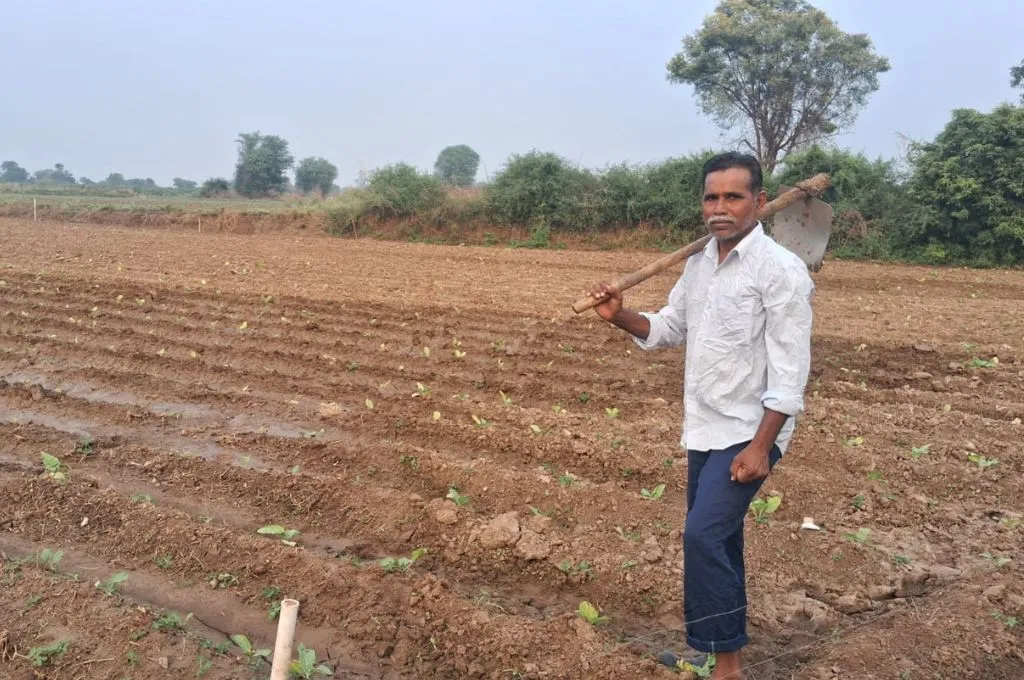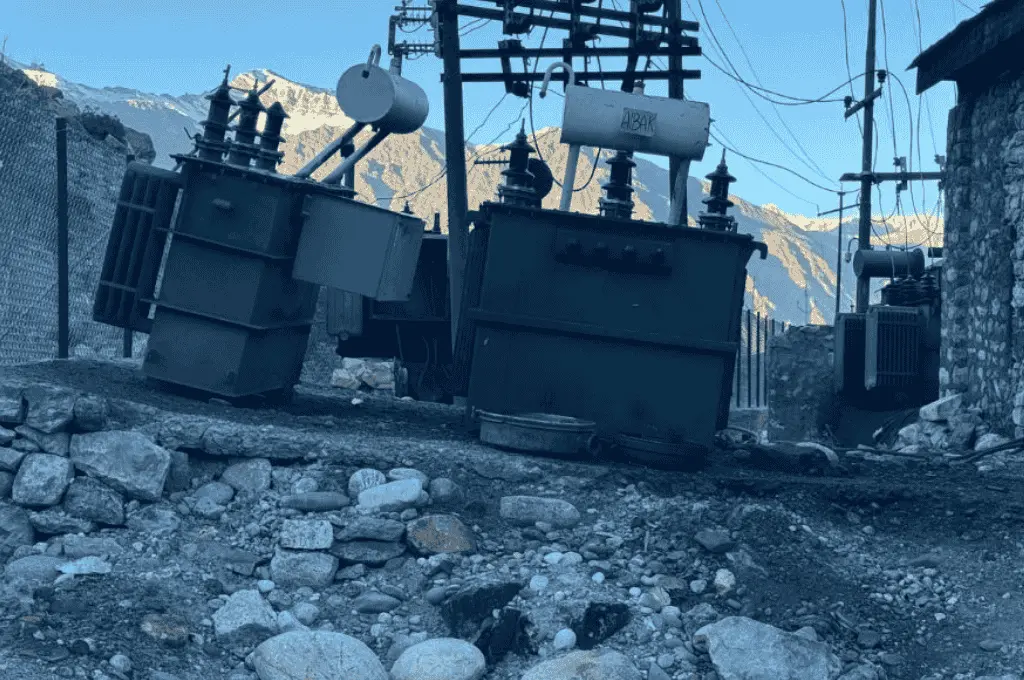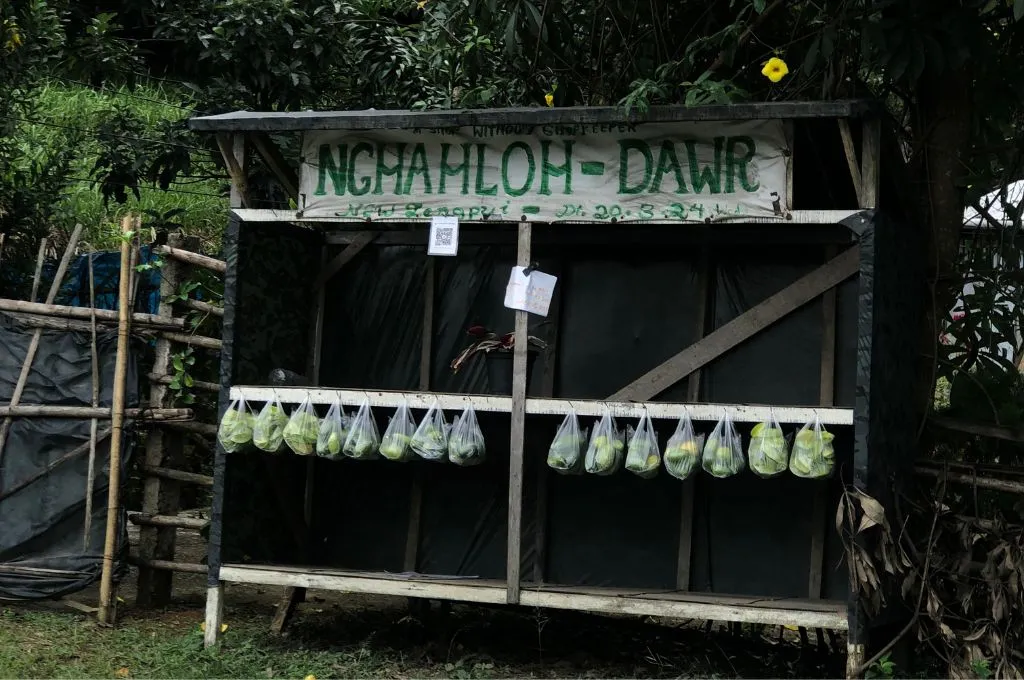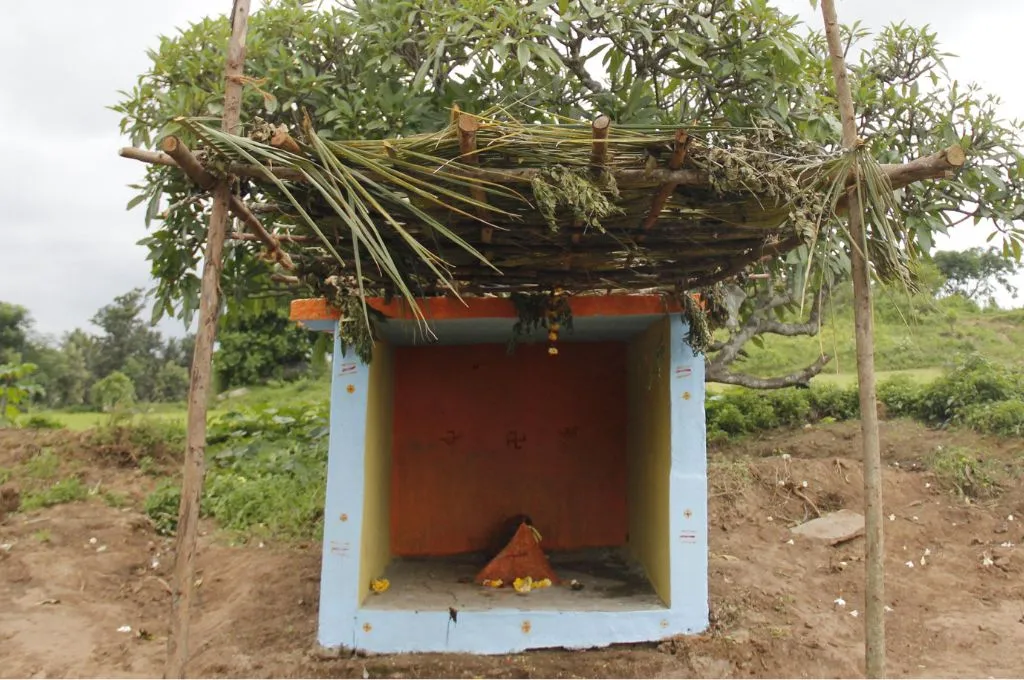Why are bats considered auspicious in Odisha?
At the western boundary of Taramakant village in Kendujhar district of Odisha, there is a temple dedicated to goddess Andharipidho. Next to the temple is a huge kurum (Indian almond) tree from which bats hang upside down, creating an illusion of suspended fruits. These bats are considered a symbol of the goddess’s presence within the village. Conserving them is thus believed to ensure the continued presence of the goddess.
The bats have been in the village for decades, and are regarded by the people as a divine gift from the goddess. The residents benefit from them because bats eat insects and protect plants and crops from pests. In addition, the animals also act as seed dispersers and facilitate the regeneration of forests.
However, only a few decades back, in the 1990s, these bats were being hunted by the locals and sold to outsiders for INR 500–1,000. The reason was the notion that their meat contains a naturopathic medicine that cures asthma.
Upon learning about the gradual decline in the number of bats, the gram sabha immediately initiated a ban on hunting them, levying a penalty of INR 5,000 on anyone found guilty. They also introduced a rule book for protecting these bats and started practising thengapali—a unique conservation method followed in Odisha where people guard and patrol the forests at all hours. Since the bats were considered a blessing, a person found guilty would become an embarrassment not only for the larger community but also their own family.
The conservation measures worked, and the bat population in Taramakant is back to normal; however, the efforts are ongoing. The villagers have approached the panchayat to work on a system of drinking water for the bats and are now spreading awareness about bat conservation in the neighbouring villages.
Biswabijayini Mohanty also contributed to this article.
Saswatik Tripathy is a senior project manager at the Foundation for Ecological Security. Kartik Chandra Prusty works on facilitating collective land rights over forests and strengthening local democratic processes in Odisha’s remote tribal areas.
—
Know more: Learn how villages in Odisha came together to protect their forests.
Do more: Connect with the authors at saswatik.st@gmail.com and kartik@fes.org.in to understand more about and support their work



